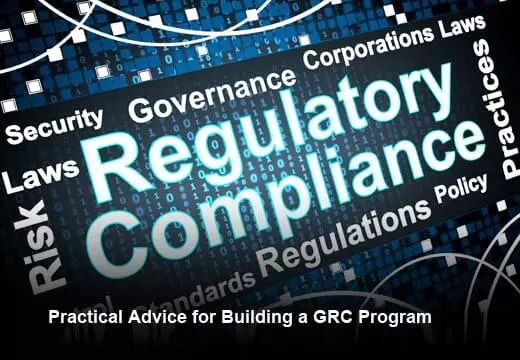GRC Programs: Building the Business Case for Value
- GRC
- 02 November 16

Introduction
Governance, risk and compliance (GRC) management is becoming increasingly integrated across a wide and expanding set of use cases — moving beyond traditional risk management and into regulatory compliance, audit, third-party management, ethics and compliance, privacy, quality management, environmental health and safety, cybersecurity, business resilience and more. In OCEGs’ 2015 GRC Maturity Survey, over 50 percent of organizations surveyed stated they are executing on an integrated GRC vision and over 80 percent claim that benefits realized have met or exceeded their expectations.
The core promise of a GRC program that integrates needs across all stakeholders is better business performance – a prerequisite for survival in today’s highly competitive world. As a result, leaders across the enterprise are asking for help in setting the vision, plotting the course and implementing integrated programs that deliver real value to all organizational units. While many organizations have seen benefits from their GRC investments, building the case for business value is fundamental in getting commitment to put a high-value, sustainable GRC program in place.
Experience shows us that those organizations that manage GRC as an integrated program — involving people, processes and technologies — are more successful in delivering value to their organizations than those that simply focus on deploying technology or processes alone. An effective GRC program helps to accelerate organizational readiness and improve business performance by focusing equally on people, processes and technology. Successful programs effectively address the core elements of strategy, design and implementation — often running key initiatives concurrently in multiple work streams, each at different stages of completion.
I have shared a slideshow with IT Business Edge readers which provides practical advice that organizations can leverage, whether building a business case for integrated GRC or expanding an existing program into a new domain. The slideshow covers key benefits and considerations when launching a GRC program, conversations that you must have with stakeholders on their GRC needs, how to factor maturity and readiness of use cases into the overall business case, the importance of grounding a business case in a realistic roadmap and finally, putting it all together in a living benefits statement.
The detailed slideshow can be viewed here: GRC Programs: Building the Business Case for Value







